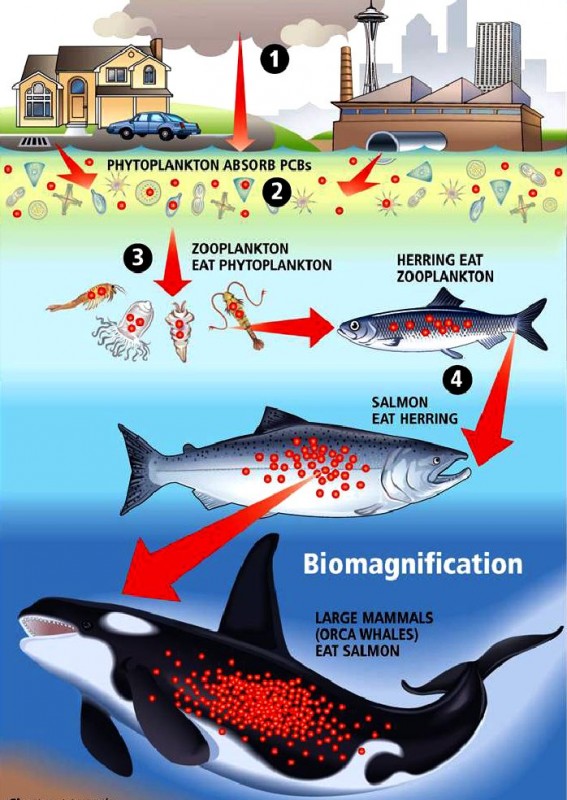
Annual Greenhouse Gas Index (AGGI) over time
This graph from the NOAA’s Annual Greenhouse Gas Index shows that there is an apparent increase in greenhouse gases that are being released into the atmosphere. From the graph we can conclude that it took about 240 years (1760-2000) for the AGGI to reach 100% and carbon dioxide is by far the largest contributor to the AGGI in terms of both amount and rate of increase compared to any other greenhouse gas. On the left side of the graph you can see that the parts per million (ppm) is also being added in when it comes to the CO2 emissions as a greenhouse gas. You can measure the AGGI in many different ways. The way this data is collected often through radiative forcing, which is “the change in the amount of solar radiation, or energy from the sun, that is trapped by the atmosphere and remains near Earth.” The change in radiative forcing from constantly changing concentrations of twenty greenhouse gases such as carbon dioxide, methane, nitrous oxide, and 17 others is the indicator for the AGGI (GlobalChange).
The importance of this parameter is the fact when the AGGI increases, so does the average temperature of the Earth. In 2019, the AGGI was at 1.45, which is the CO2 equivalent to 500 ppm. The IPCC (Intergovernmental Panel on Climate Change) suggests that at a constant concentration of CO2 alone at 550 ppm would result in an average increase of the Earth’s temperature of about 3 degrees Celsius (5.4 degrees Fahrenheit). Clearly, the AGGI is something we need to be aware of as so many greenhouse gases are contributing to global warming, especially carbon dioxide.
As I previously stated, the data trend is showing that the Earth’s average temperature is increasing due to the amount of greenhouse gases that are being emitted into our atmosphere. The data shows that if we do not do anything about the greenhouse gas emissions, the Earth will start to slowly warm more and more across the globe. It is predicted that it will only take another 29 years for the AGGI to go up 45%. This is significant to humans because global warming should be a real concern of people and action needs to be taken to limit these greenhouse gases, especially CO2. As humans we are trying to create a sustainable environment to live in, but with rapidly increase temperatures from greenhouse gases, that hope begins to diminish.
Works Cited
“USGCRP Indicator Details.” GlobalChange.gov, www.globalchange.gov/browse/indicators/annual-greenhouse-gas-index






